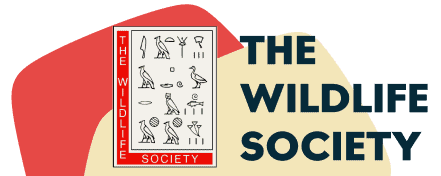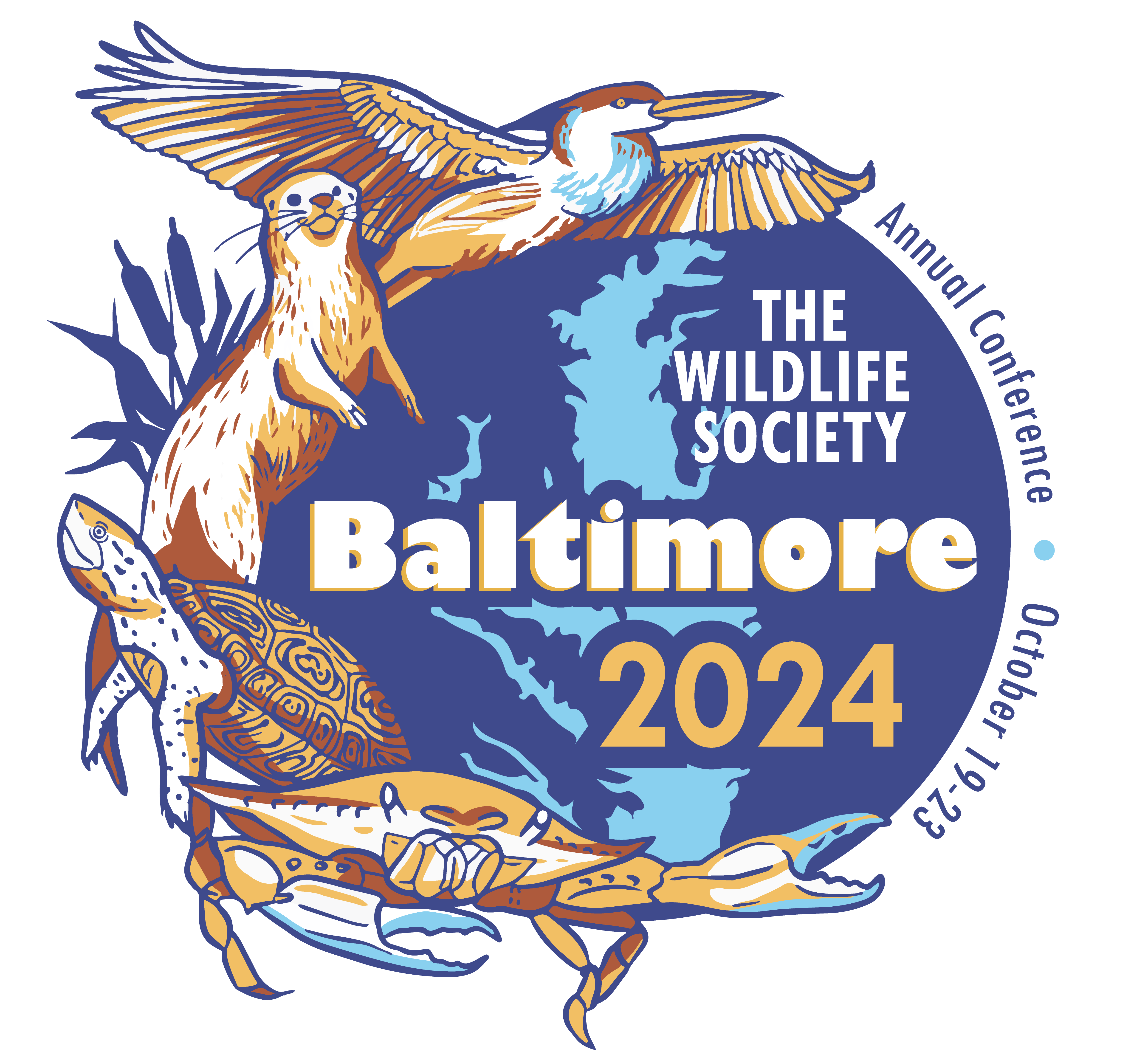- News
-
-
-
-
-
Latest News Articles
- 2024 TWS Elections: Southwest Representative April 25, 2024
- Can these butterflies fill the gap left by their extinct relative? April 25, 2024
- Q&A: TEK and the wildlife profession April 24, 2024
-
-
-
- Wildlife Professional Resources
-
- Our Network
-
- PUBLICATIONS
-
-
Recent Posts
-
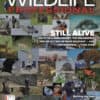 The Wildlife Professional November/December Issue
November 1, 2023
The Wildlife Professional November/December Issue
November 1, 2023
-
-
-
-
-
-
- Wildlife Events
-
-
-
Upcoming Webinars
- No Events
-
-
-
- Who We Are
-
Tag: community science
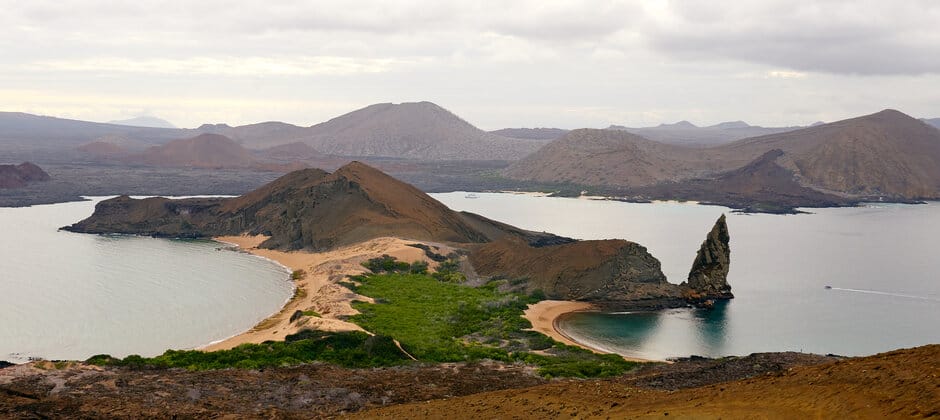
August 25, 2021
Project uses locals to catalog Galapagos DNA
When researchers wanted to sample the genetic diversity of the Galapagos, they turned to locals who knew the islands well. Ordinary people gathered, prepared and processed tiny DNA samples of...
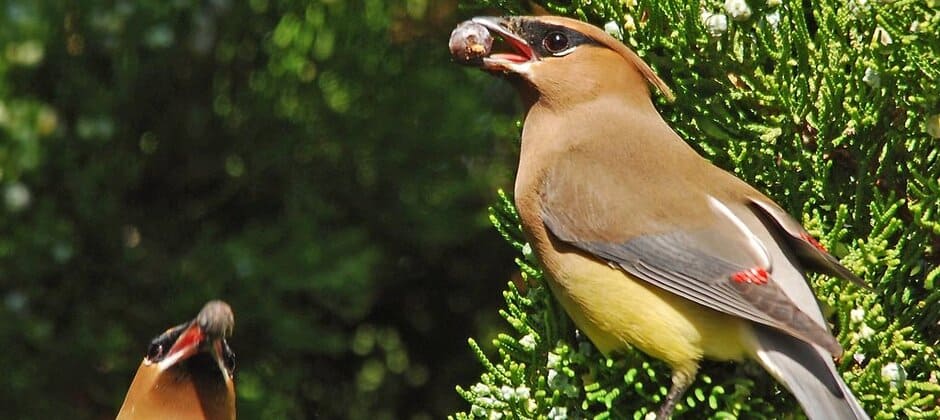
July 29, 2021
Noise and light have compounding impact on birds
Birds tend to stay away from people’s backyard when it’s noisy—and even more when there’s also artificial light around. People use feeders in their backyards to develop a closer connection...
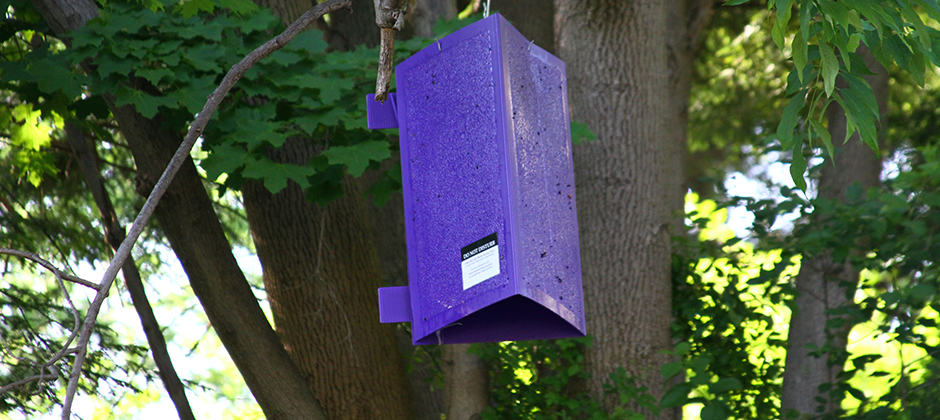
June 2, 2021
American public helps detect invasive pests
The American public is responsible for at least a quarter of new invasive pest detections, suggesting they could also play a large role in identifying invasive wildlife species. “I had...
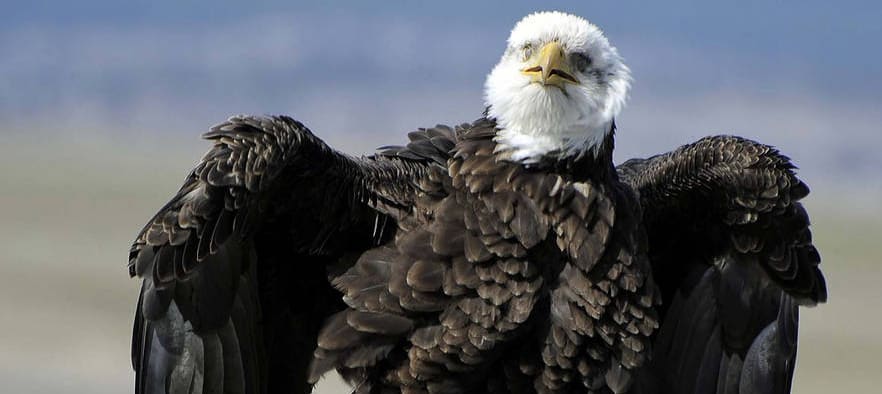
April 22, 2021
Community science can steer wind farms away from eagles
As wind energy increases in the United States, researchers are looking for ways to protect birds that are at risk of dying from striking wind turbines. One way is through...

April 13, 2021
Wild Cam: Community scientists help detect North Carolina wildlife
It’s impossible for researchers to be in many places at once, and sometimes spots on private land are off limits altogether. That’s where community scientists come in. In North Carolina,...
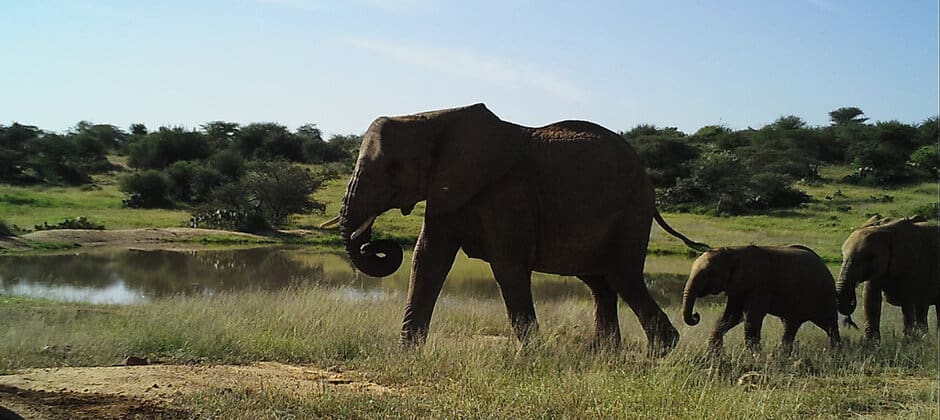
April 1, 2021
Wild Cam: The strength and limitations of community science
How good are you at spotting a giraffe? While the world’s tallest land animals might seem difficult to miss, community scientists commonly fail to see and identify the yellow-spotted ungulates...
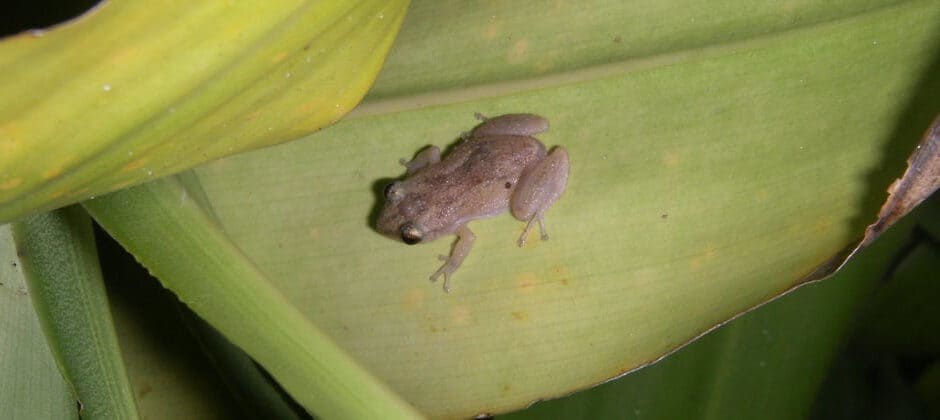
January 11, 2021
WSB: Community scientists help researchers survey frogs
For years, many believed the mute coqui, a small endangered frog endemic to the Virgin Islands, was aptly named. On an island full of chirping tree frog species like the...
September 30, 2020
TWS2020: New app pinpoints feral cats
Right from your smart phone, you can help provide information about where feral cats are found to managers and conservationists trying to protect species that may be prey to the...
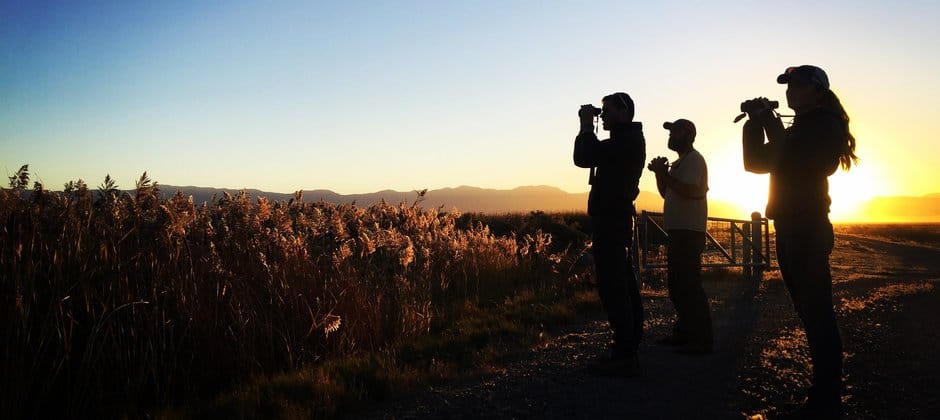
August 3, 2020
Community science not yet enough for global bird counts
Community science may not yet be enough to help scientists determine bird population trends around the world. Past research has looked at how species’ population trends deduced from community science,...
